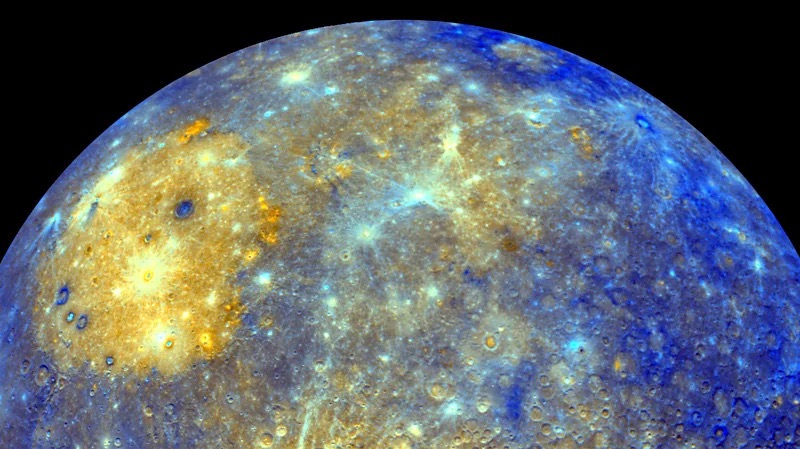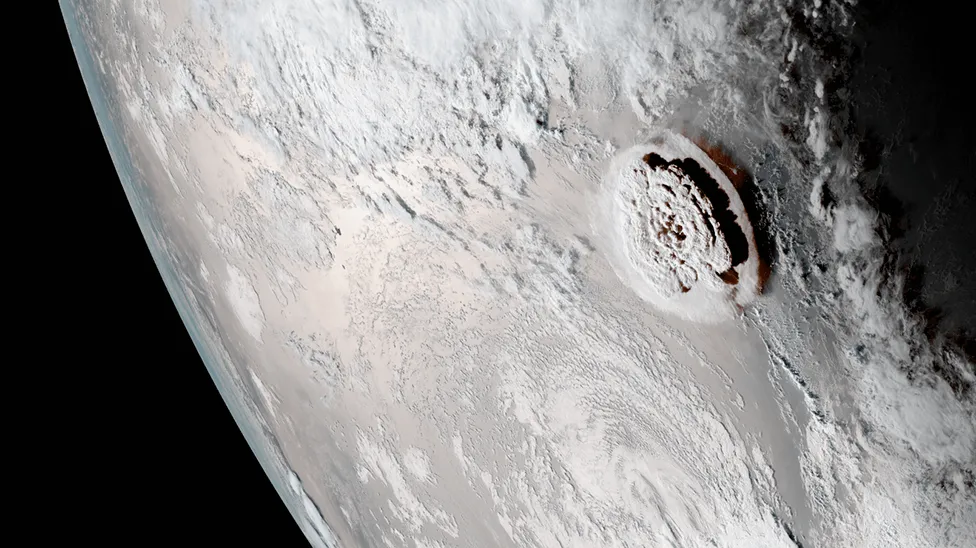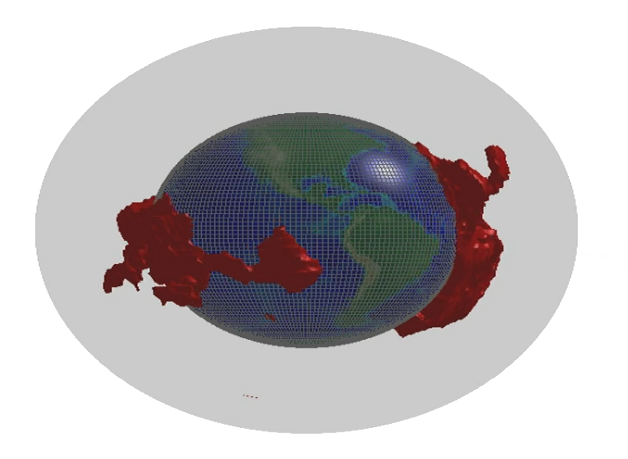 The architecture of the deep magmatic system of the Campi Flegrei has been defined to understand the dynamics of the sectors of the caldera, of fundamental importance for the assessment of the volcanic hazard of the area.
The architecture of the deep magmatic system of the Campi Flegrei has been defined to understand the dynamics of the sectors of the caldera, of fundamental importance for the assessment of the volcanic hazard of the area.
These are the results achieved by a multidisciplinary team of researchers from the Istituto Nazionale di Geofisica e Vulcanologia (INGV) in the study “New insights into the recent magma dynamics under Campi Flegrei caldera (Italy) from petrological and geochemical evidence”, just published in the journal AGU’s ‘Journal of Geophysical Research’: Solid Earth.
“Calderas are volcanic depressions formed by the collapse of the ground during huge eruptions”, explains Lucia Pappalardo, INGV researcher and author of the study. “They often manifest phases of ‘unrest’ (or ‘imbalance’), with frequent earthquakes, uplift of the ground (the so-called ‘bradyseism’) and a considerable flux of heat and gas. However, since this activity is due to the complex interactions between magma and the hydrothermal system stored under the volcano, it is always difficult to predict the evolution of these manifestations”.
Geology
Why rocks on Earth resemble planet Mercury

Curiosity has killed many an explorer, and Nicola Mari feared he was to be the next.
Driving around Cyprus’s remotest mountains, Mari had relied on his cell phone for directions. But as the light of the day faded, so did his phone battery – and he found himself stuck in the middle of nowhere with little idea of the way back to his lodgings. “I’d travelled for more than 50km (31 miles) without seeing another vehicle,” he says.
Keep reading on BBC…
What the hell does a geologist do?
 I often notice that even other well-trained scientists when talking about geology sometimes make trivial mistakes. Perhaps, because Geology is a relatively new science, it is little known. for example, its other “cousin” science (because it is also a “historical” science) Astronomy, is far better known. Probably looking up, toward the stars, makes us dream more than looking down, underground. Furthermore many associate the geologist with her or his freelance profession, the one related to construction, surveys, and the study of the technical characteristics of soils. But that is only one of the many applications of Geology. Others may be the search for subsurface resources, the study of geological risk (earthquakes, eruptions, landslides, floods-themes that perhaps explain the greater fascination of Astronomy than Geology). I could go on but I want to dwell here on what is really typical of the geologist, whatever activity he or she does: the geologist’s field work.
I often notice that even other well-trained scientists when talking about geology sometimes make trivial mistakes. Perhaps, because Geology is a relatively new science, it is little known. for example, its other “cousin” science (because it is also a “historical” science) Astronomy, is far better known. Probably looking up, toward the stars, makes us dream more than looking down, underground. Furthermore many associate the geologist with her or his freelance profession, the one related to construction, surveys, and the study of the technical characteristics of soils. But that is only one of the many applications of Geology. Others may be the search for subsurface resources, the study of geological risk (earthquakes, eruptions, landslides, floods-themes that perhaps explain the greater fascination of Astronomy than Geology). I could go on but I want to dwell here on what is really typical of the geologist, whatever activity he or she does: the geologist’s field work.
The earth shakes – whose fault is it?

And again a major earthquake fills the pages of the newspapers because of the many thousands deaths. Again no geologist, geophysicist or seismologist is surprised that there was such a strong earthquake in that area. Insiders are well aware of the most dangerous seismic areas in the world. The Anatolian Peninsula, mostly occupied by Turkey, is one of them, on a par with California and Mexico, Japan, Chile and Peru, to give a few examples of states on plate margins. By now we know well the different plates into which the Earth’s lithosphere is divided and where they interact releasing large amounts of energy. So why so many deaths?
Tonga eruption: Atlantic seafloor felt Pacific volcano megablast
 The massive volcanic blast in the Pacific last year was felt 18,000km away on the other side of the world, on the floor of the Atlantic Ocean.
The massive volcanic blast in the Pacific last year was felt 18,000km away on the other side of the world, on the floor of the Atlantic Ocean.
The cataclysmic eruption of Hunga-Tonga Hunga-Ha’apai on 15 January 2022 sent pressure waves through Earth’s atmosphere that connected with the sea surface and triggered 50 highly sensitive seismometers placed 5,000m under water on the seabed. It was one of a number of intriguing phenomena picked up by the instrument network in the Azores-Madeira-Canary Islands region.
Why are there continent-sized ‘blobs’ in the deep Earth?
 In a strange corner of our solar system live two alien blobs.
In a strange corner of our solar system live two alien blobs.
With sprawling, amorphous bodies the size of continents, these oddities are thought to spend their time lying in wait for their food to rain down upon them – then simply absorbing it.
But their natural habitat is, if anything, even more unusual than their diet. It could be described as “rocky” – all around, there are exotic minerals in unknown shades and forms. Otherwise it’s fairly barren, except for a glittering sea in the far distance – one so large, it holds as much water as all of Earth’s oceans put together.
Every day the “weather” is the same: a balmy 1827°C (3321°F), with some areas of high pressure – equivalent to around 1.3 million times the amount at the Earth’s surface. In this crushing environment, atoms become warped and even the most familiar materials start to behave in eccentric ways – rock is flexible like plastic, while oxygen acts like a metal.
But this blistering wonderland is no extra-terrestrial planet – and the blobs aren’t strictly wildlife. It is, in fact, the Earth itself – just very, very deep underground.